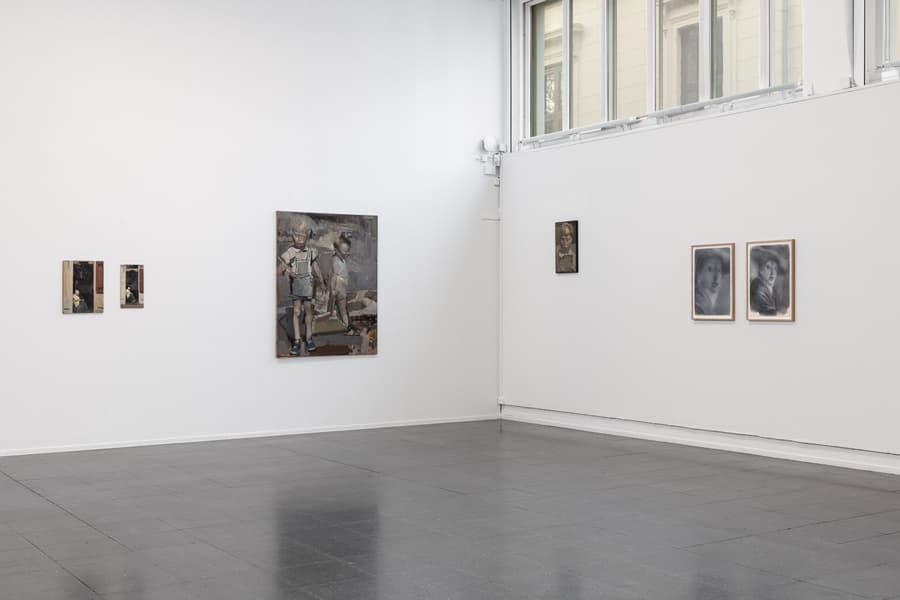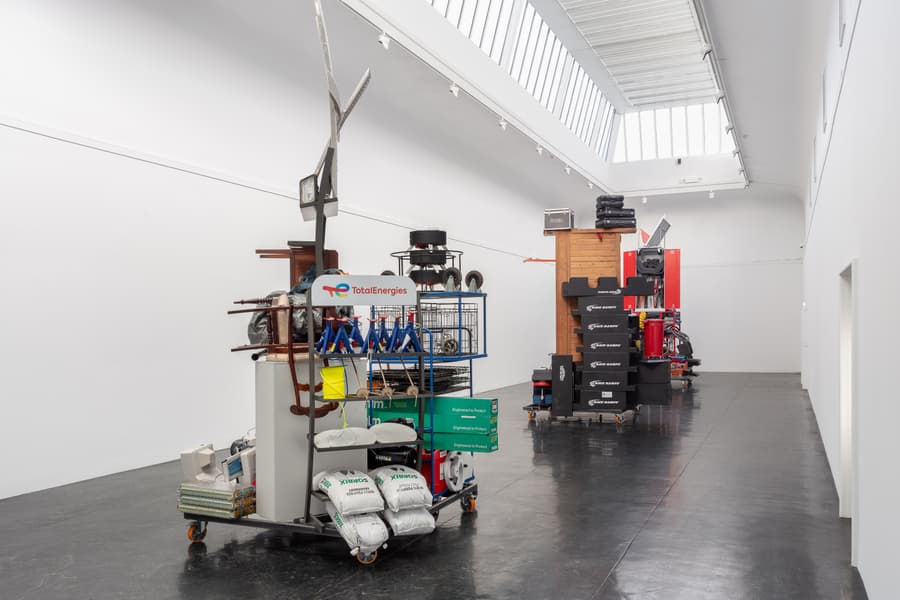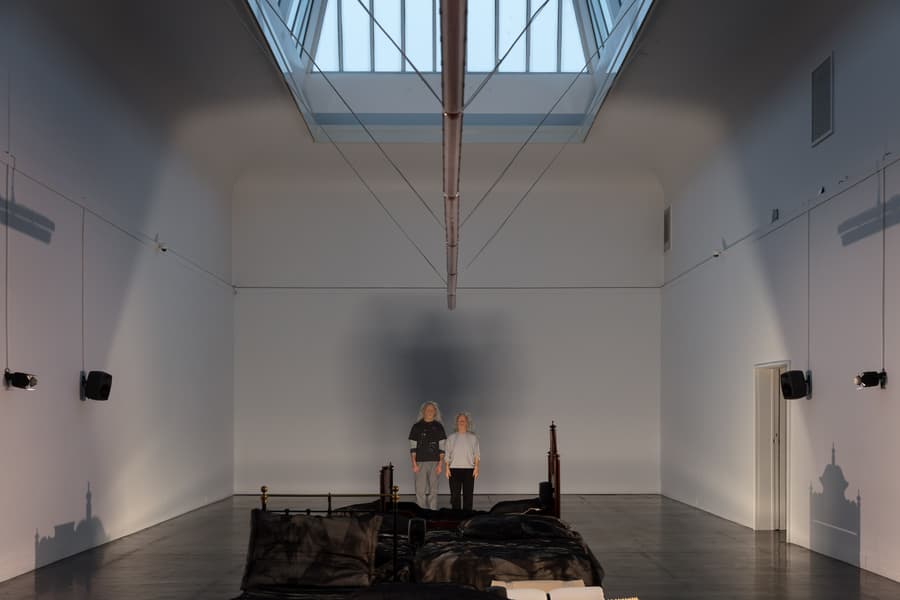Svein Strand

Catalog text
The friendship with Sigurd Danifer awakened Svein Strand's interest in French art, and this orientation was strengthened through the impulses Alexander Schultz gave him as a teacher at the Norwegian Academy of Arts. That this insightful presentation revealed a different opinion to that of Matisse's students is clear from the excellent essay Strand wrote in the catalog for the memorial exhibition of Danifer two years ago. Where, as in his painting, it is clear how reflective he is in relation to tradition, that there is neither a question of subsuming oneself self-effacingly under it, nor of finding one's place safely within the forms it prescribes. Because even if earlier it could appear as if Strand imposed an almost demonstrative discipline on himself, not least his last solo exhibition in 1979 showed that the deliberate processing had given him a wide arm stroke.
When Svein Strand has so openly referred to predecessors such as the Nabi Bonnard and Vuillard as well as Matisse, it is not to position himself as the unconditional heir. Here, as fellow painter John David Nielsen has astutely pointed out, it is a case of a backward orientation based on cubism. Like so many other artists, Strand has seen cubism as an absolutely decisive phase in the development of art (and he has also expressed himself in line with André Lhote who sees a line from Ingres and up to it). The cubists' formal analyzes were not to be overlooked when it came to developing their own image perception, and based on the study of these, he concluded that a dialogue with the painting of the previous period still contained unimaginable possibilities. Here, however, there is no question of "cubizing" e.g. Matisse's idiom, but i.a. to exploit the juxtaposition of dissonant forms.
Such a formal approach, which we know from Braque's and Picasso's still lifes, makes the immediate fixation of the objects impossible and requires a more active approach. Or to say it with Svein Strand: "they are suitable to give the spectator that little shock that leads to continued consideration". With this, he will draw attention to the creative process or the organizing process, and not just the motif as such. This is not a mere display of knowledge about color and form, because the means used are part of something more than a formal interaction on the canvas. They take in, rein in and express experiences and knowledge of the world the artist is part of, and therefore contain meanings beyond what they represent as pictorial facts. Therefore, it is just as obvious to talk about atmosphere and sensuality as abstract forms and formal dynamics when it comes to Svein Strand's painting.
HARALD FLOR














